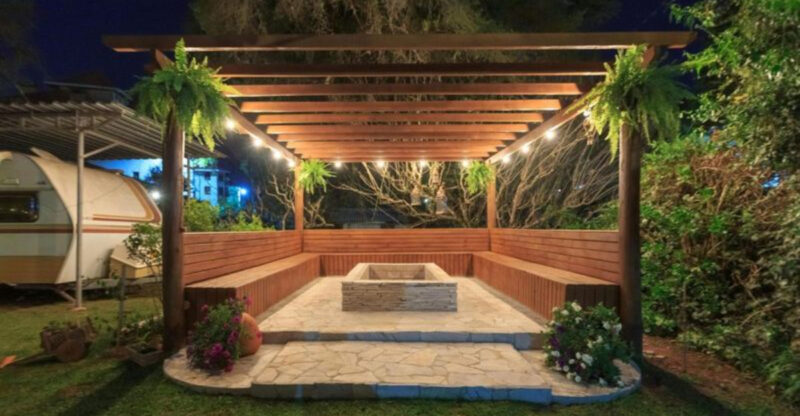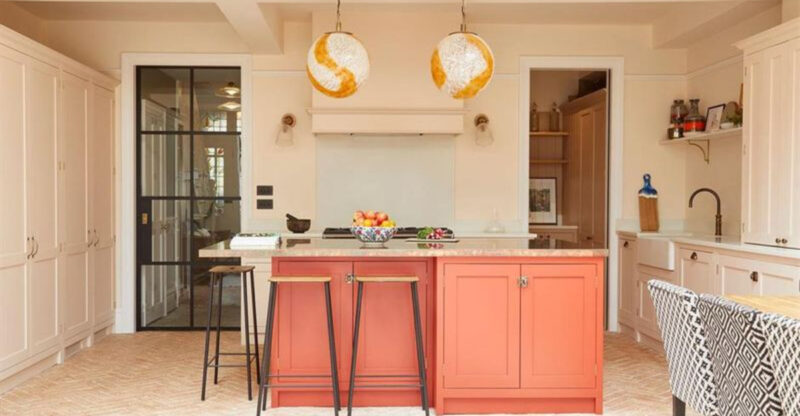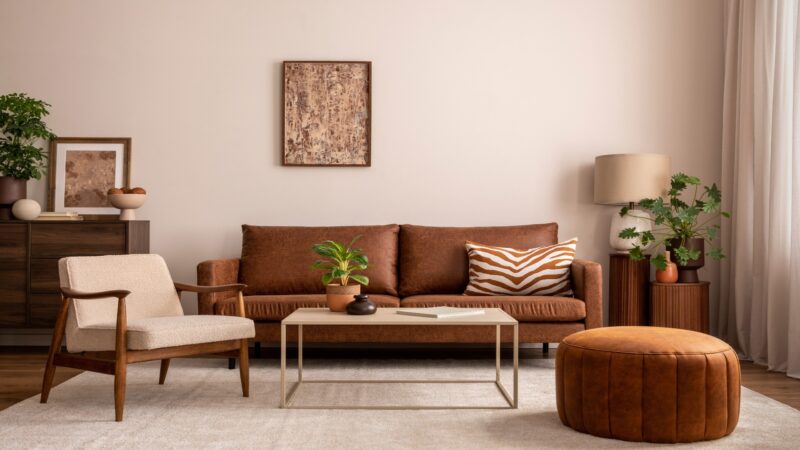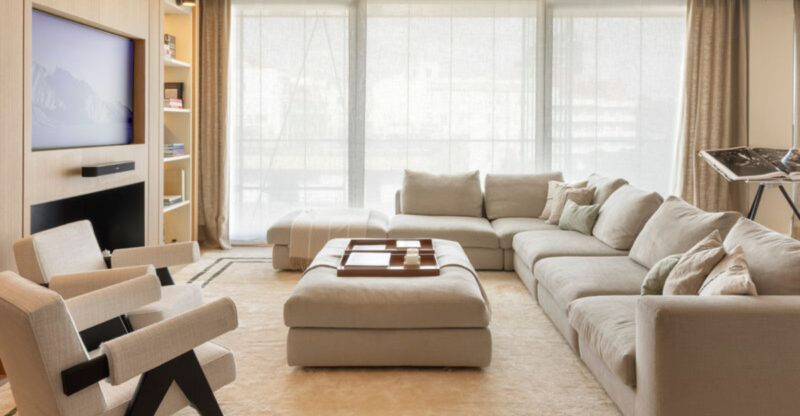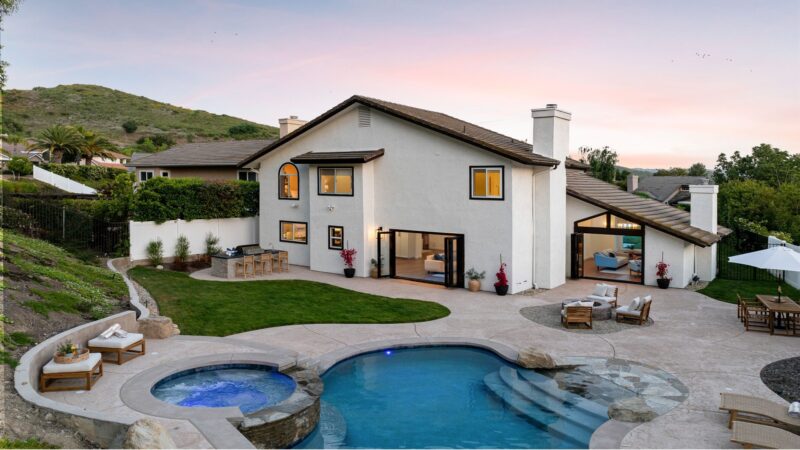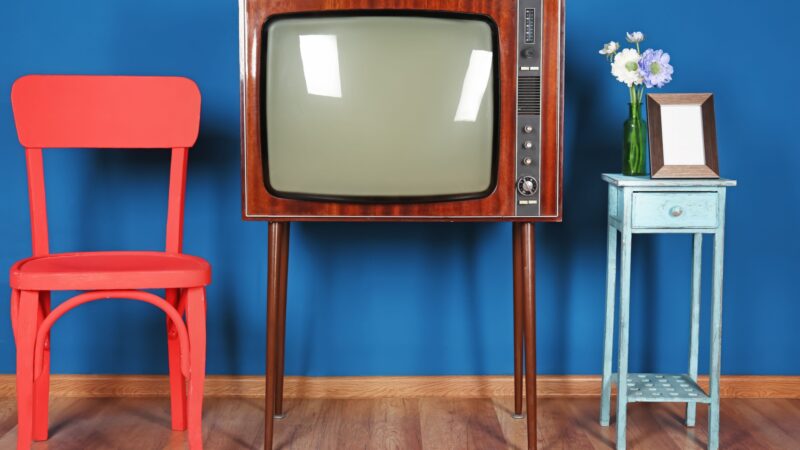These 13 Overdone 2025 Home Styles Have Designers Rolling Their Eyes
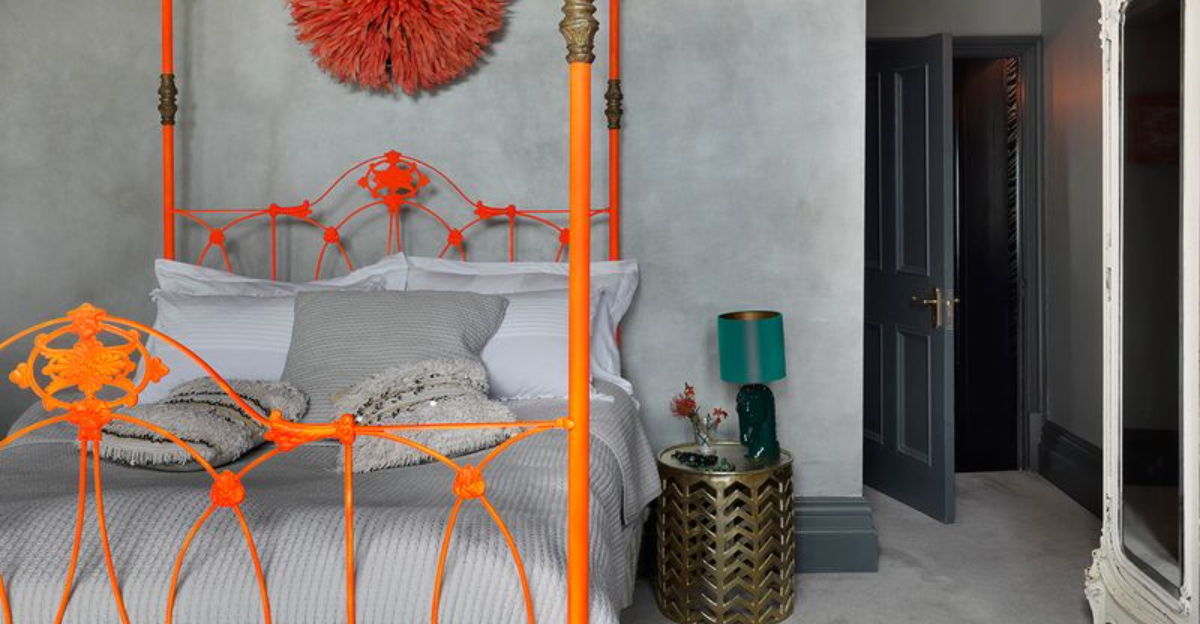
Home design trends come and go faster than ever in 2025, with social media pushing styles from fresh to overdone in record time.
What was Instagram-worthy last year might now have professional designers cringing when they walk into consultations.
I’ve gathered feedback from top interior designers about which current home trends they’re absolutely tired of seeing repeated in every other house. Ready to find out if your recent renovation choices are already on the design blacklist?
1. All-White Everything
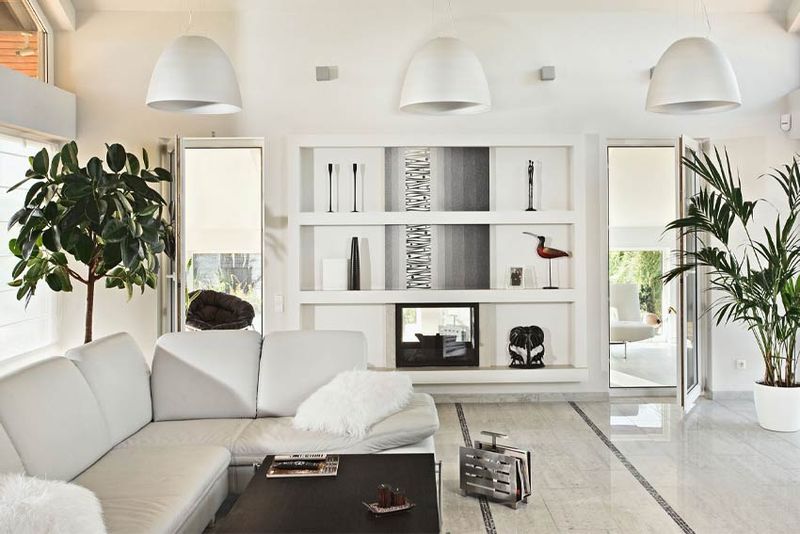
Remember when stark white interiors felt so fresh and clean? Now they’re the design equivalent of a yawn. Professional designers are begging homeowners to embrace some color already!
The clinical, laboratory-like feel of all-white spaces lacks personality and warmth. Plus, these spaces show every speck of dirt and require constant maintenance to look presentable.
White-on-white-on-white design had its moment during the minimalist wave, but in 2025, it signals a lack of imagination. Designers recommend incorporating at least some warm neutrals or subtle color accents to bring life back into your space without sacrificing that clean aesthetic you’re after.
2. Maximalist Art Walls
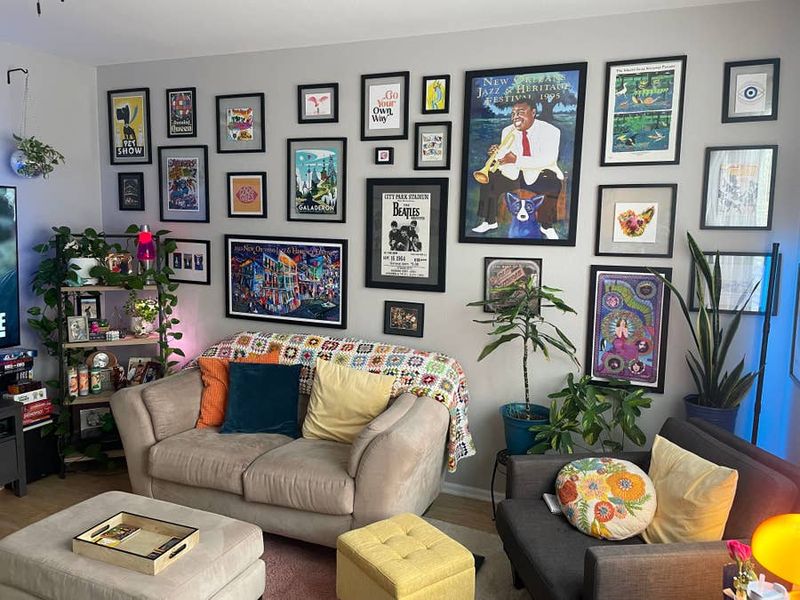
Walking into homes with entire walls covered in mismatched, chaotically arranged artwork makes designers want to run for the hills. This trend exploded after years of minimalism, but it’s spiraled out of control.
Homeowners are now cramming every available inch with prints, paintings, and random objects without consideration for cohesion or visual breathing room. The result resembles more of a storage unit than a curated collection.
If you love displaying art, designers suggest creating thoughtful groupings with negative space between them. Quality over quantity is the way forward select fewer pieces that truly speak to you rather than filling walls just because you can.
3. Industrial Exposed Ducts
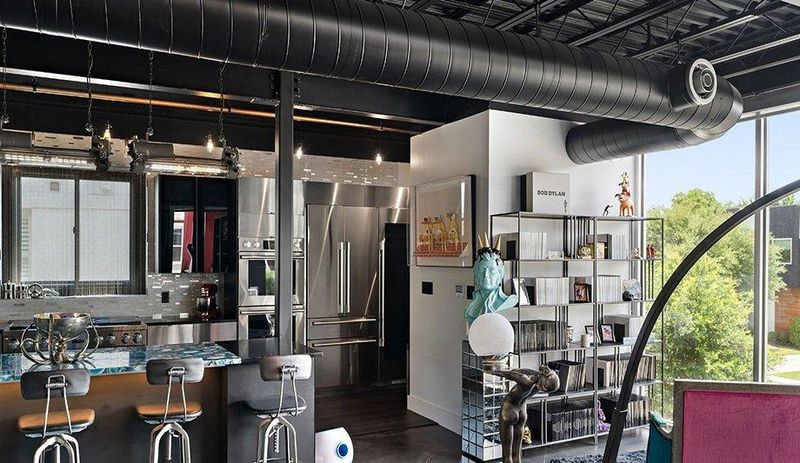
The industrial look has overstayed its welcome, particularly those exposed ceiling ducts and pipes that were never meant to be seen. What began as an authentic feature in converted warehouses has become a forced aesthetic in suburban homes where it makes zero architectural sense.
Homeowners are installing fake ductwork or painting existing systems in attention-grabbing colors. Designers point out how these features collect dust and make spaces feel unfinished rather than intentional.
Instead of fake industrial elements, they recommend embracing the actual architectural style of your home. If you love industrial touches, incorporate them through lighting fixtures or furniture pieces that complement your home’s true character.
4. Over-matched Millennial Pink
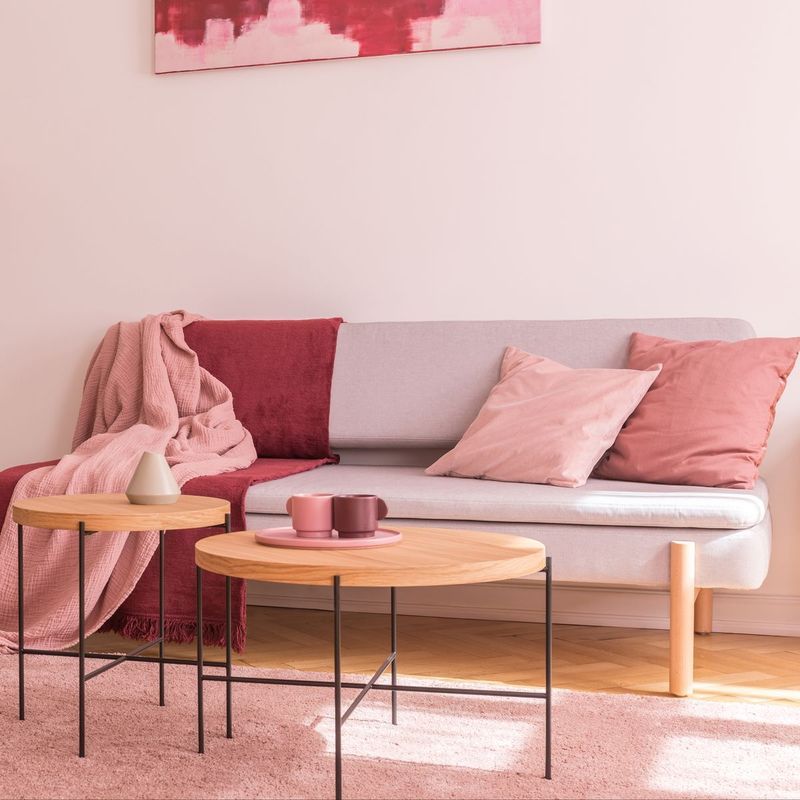
Millennial pink refuses to die, and designers are beyond tired of seeing entire rooms drenched in this once-trendy hue. What started as a fresh accent color has morphed into all-pink-everything nightmares with matching walls, furniture, accessories, and even appliances.
The oversaturation creates spaces that feel like living inside a bottle of Pepto-Bismol rather than a sophisticated home. This monochromatic approach quickly dates a room and lacks the visual contrast that makes spaces interesting.
Designers suggest keeping beloved trend colors as accents only. If pink speaks to you, try incorporating it through small accessories that can be easily swapped out when the next color trend inevitably arrives, rather than committing to pink furniture and permanent fixtures.
5. Farmhouse Sliding Barn Doors
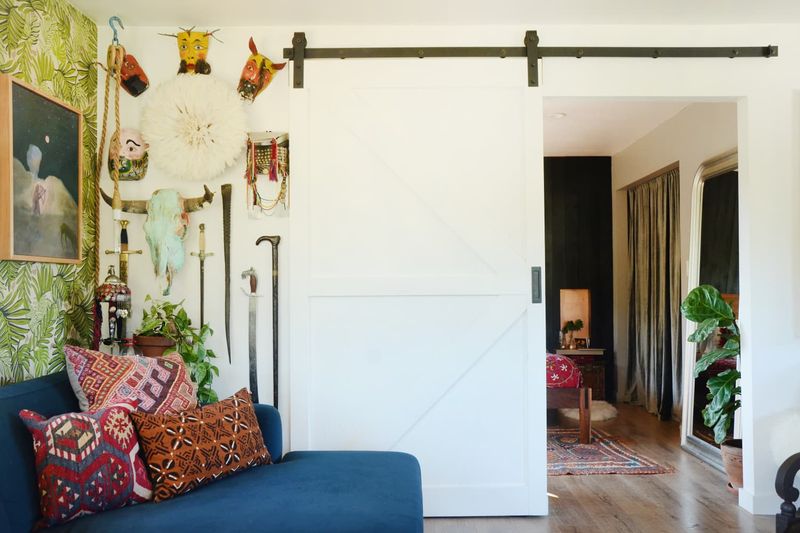
Nothing screams “I decorated my house in 2020” quite like those ubiquitous sliding barn doors. Designers are particularly frustrated seeing these rustic elements installed in sleek modern apartments and suburban homes with zero agricultural history.
Beyond being wildly overused, these doors are impractical. They don’t seal properly, offer minimal privacy, and the hardware often breaks down after regular use. The sound of them rolling along metal tracks throughout the house is another designer pet peeve.
If space-saving doors appeal to you, pocket doors provide the same function with a cleaner look. For those who truly love rustic elements, designers suggest incorporating them through more subtle wooden accents that won’t dominate your entire design scheme.
6. Oversized Geometric Rugs
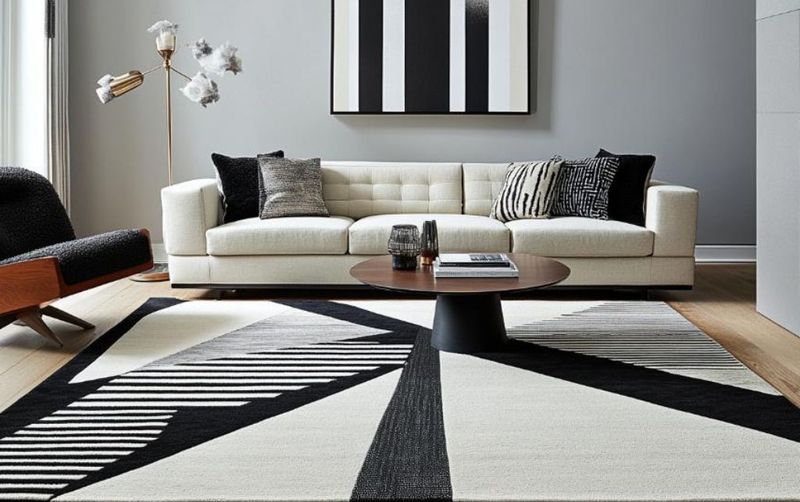
Massive rugs featuring bold, high-contrast geometric patterns have saturated the market to the point where designers can spot the exact same rug in half the homes they visit. These statement pieces that once felt unique now scream “mass-produced trend follower.”
The problem isn’t just their ubiquity but their visual dominance. These rugs overwhelm spaces and fight with other design elements in the room. Their bold patterns make rooms feel smaller and create visual tension rather than harmony.
For a more timeless approach, designers recommend textured solid rugs or subtle patterns that complement rather than dominate your space. If you love geometric patterns, consider incorporating them through smaller accessories that won’t visually take over your entire room.
7. DIY Terrarium Shelves

Social media has convinced countless homeowners they need dedicated shelving units filled with tiny glass terrariums. What started as a charming way to display plants has evolved into entire walls of high-maintenance mini-ecosystems that rarely thrive.
Designers point out that these installations require constant attention, with many ending up as sad displays of dying plants and foggy glass. The uniformity of these arrangements also lacks the organic feel that makes plant displays appealing in the first place.
A better approach? Mix different types of plants throughout your home in varied containers that complement your decor. This creates a more natural, less contrived look while avoiding the maintenance nightmare of dozens of identical terrariums requiring individual care regimens.
8. Velvet Sofa Walls
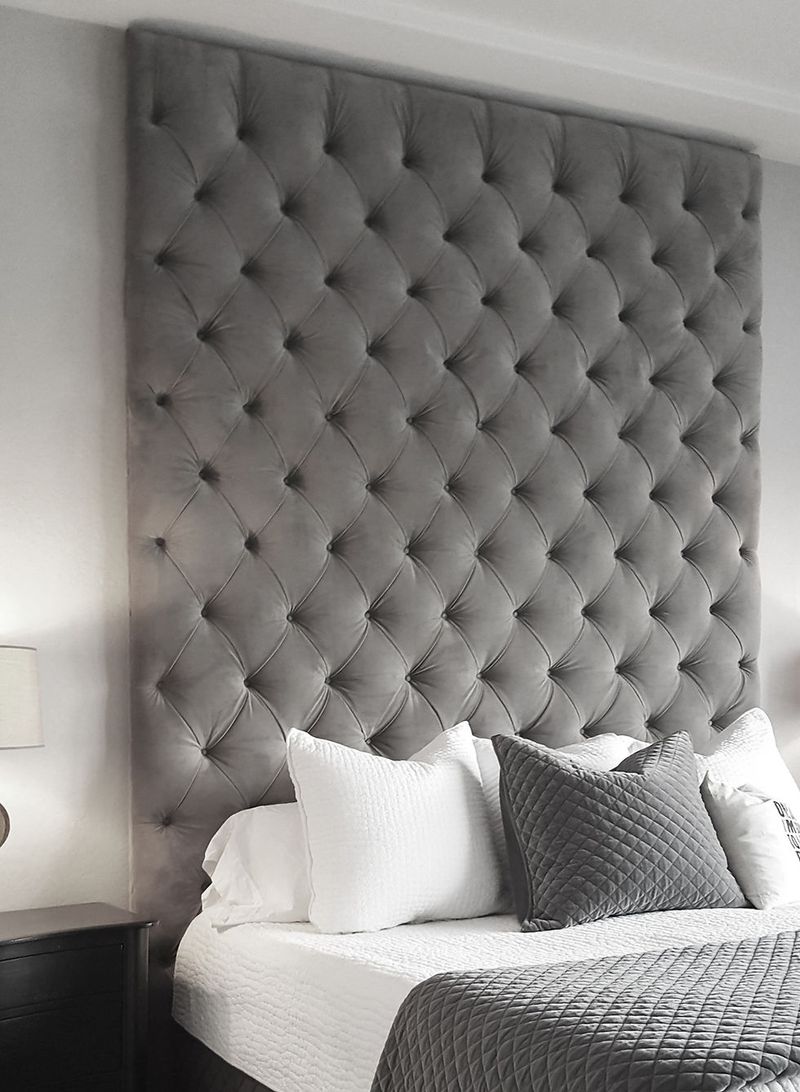
The trend of covering entire walls in tufted velvet upholstery has designers questioning everything they know about interior design. These installations often in jewel tones with diamond tufting are the epitome of impractical luxury that prioritizes looks over livability.
Beyond collecting dust and being nearly impossible to clean properly, these walls quickly become dated statements that are expensive to remove. The acoustic properties often create echo chambers rather than the cozy environment homeowners are seeking.
If texture on walls appeals to you, designers suggest more practical alternatives like textured wallpaper or fabric wall panels that can be more easily updated. For those drawn to velvet’s luxurious feel, incorporating it through furniture pieces or curtains offers the same richness without the maintenance nightmare.
9. Chalkboard Paint Kitchens
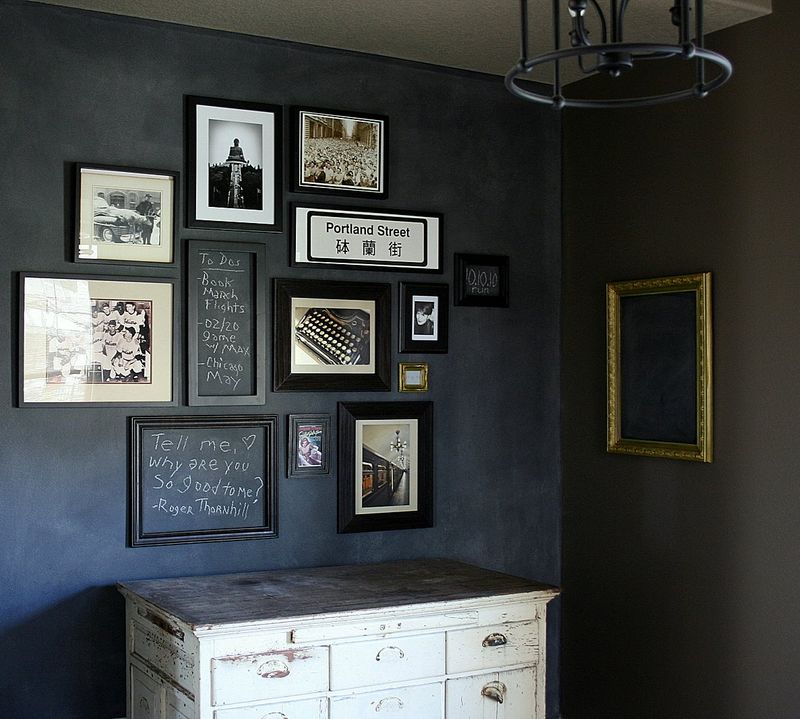
Chalkboard paint seemed like a practical idea until everyone realized how messy and dated it looks in real life. Designers are particularly tired of seeing entire kitchen walls covered in this high-maintenance finish that rarely serves its intended purpose.
The reality of chalkboard walls is constant chalk dust settling on countertops and floors. Most homeowners quickly abandon actually writing on them, leaving either blank black walls or outdated messages from three holidays ago. The dark color also tends to make kitchens feel smaller and more closed-in.
For those who love the interactive element, designers suggest magnetic whiteboards or small framed chalkboards that can be moved or replaced. These options provide the same functionality without committing an entire wall to a trend that’s rapidly falling out of favor.
10. Indoor Grass Walls
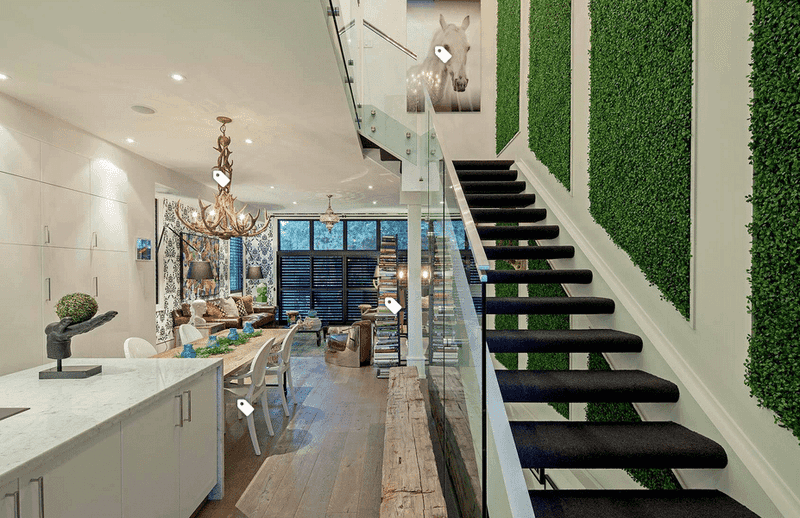
Artificial grass has somehow migrated from patios to interior walls, and designers are absolutely baffled by this trend. These faux green installations are supposed to bring nature indoors but end up looking more like mini-golf course obstacles than sophisticated design elements.
Dust collection is a major issue with these textured walls, making them nearly impossible to clean effectively. The synthetic materials often look cheap up close and create an odd visual disconnect in otherwise well-designed spaces.
Designers recommend incorporating actual living plants for a genuine connection to nature. If maintenance concerns are driving the artificial trend, consider preserved moss walls or high-quality botanical wallpapers that achieve a similar biophilic effect without the strange artificial turf texture that screams “temporary trend.”
11. Neon Accent Stripes
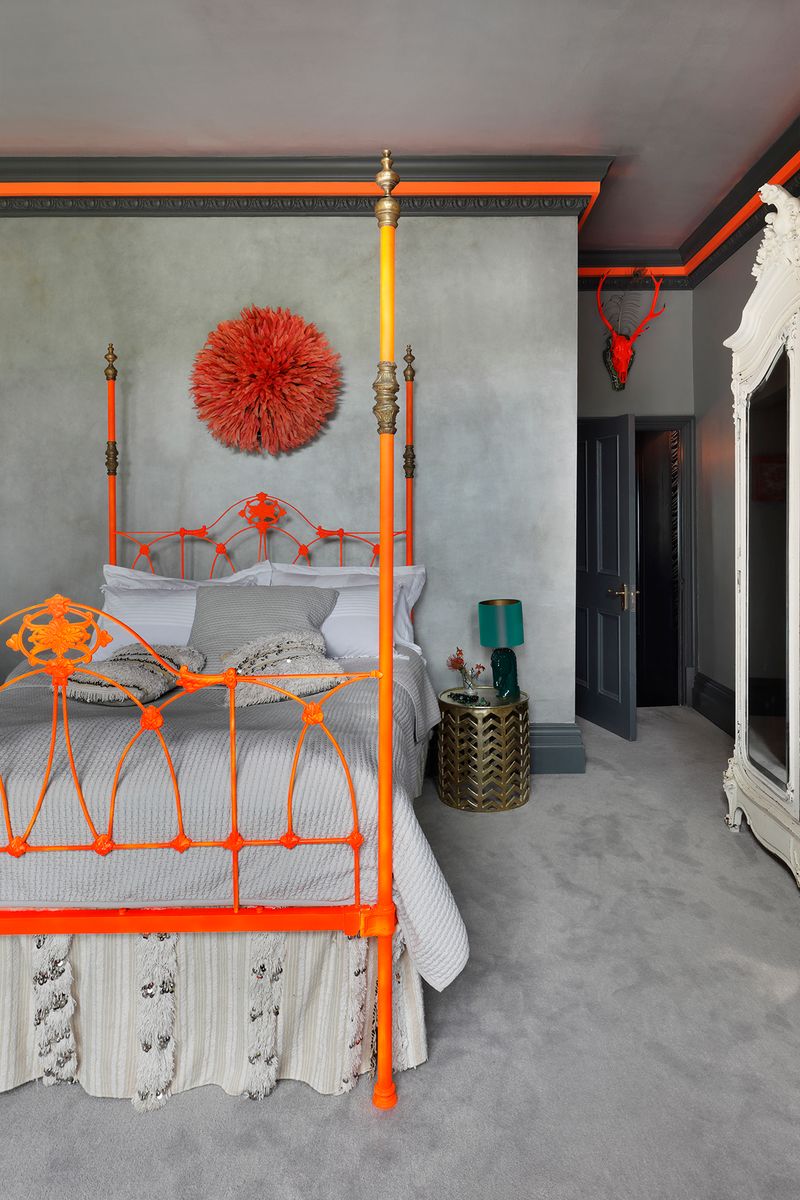
Fluorescent stripes painted across walls, furniture, and even ceilings were briefly exciting but have quickly become the design equivalent of a headache. Designers are seeing these eye-searing accents in every other home, typically executed as DIY projects with questionable results.
The high-contrast nature of these neon elements fights with everything else in the room and creates visual tension rather than harmony. What seemed playful initially now reads as dated and juvenile, especially in homes aiming for sophistication.
For color lovers, designers suggest more subtle ways to incorporate bright hues through artwork, textiles, or smaller accessories that can be easily changed. This approach allows for personality without committing to permanent design elements that will likely feel outdated before the paint has fully dried.
12. Clashing Metallic Finishes
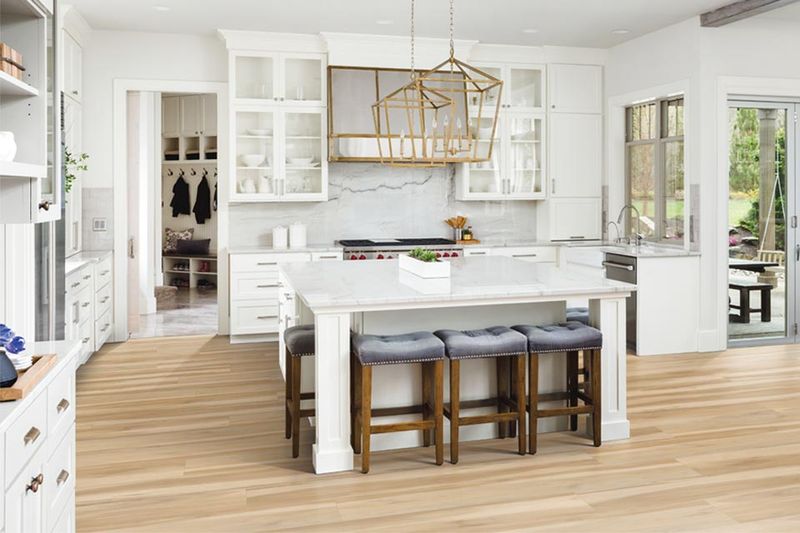
The “mix-don’t-match” approach to metals has spiraled out of control, with designers witnessing homes featuring every metallic finish imaginable in a single room. What began as permission to thoughtfully combine two complementary metals has evolved into chaotic spaces with gold, silver, copper, brass, and chrome all competing for attention.
This haphazard approach creates visual noise and lacks the intentional design that makes mixed metals work. Particularly egregious are fixtures with multiple metal finishes within a single piece, which often look like manufacturing mistakes rather than design choices.
Designers recommend limiting rooms to 2-3 complementary metal finishes at most, with one dominant metal establishing the primary tone. This creates cohesion while still allowing for the dimension that thoughtfully mixed metals can bring to a space.
13. Floating Furniture Islands
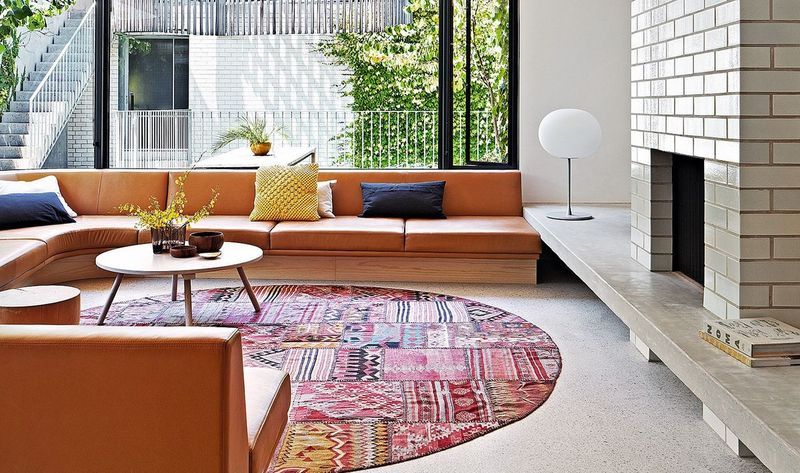
The concept of “furniture islands” seating arrangements floating in the center of rooms without any anchor to walls has become a designer nightmare in 2025. These isolated furniture groupings create awkward traffic patterns and waste valuable square footage in most average-sized homes.
Homeowners are mimicking designs they see in massive showrooms or mansions without considering the practical limitations of their own spaces. The result is cramped rooms where people must navigate around furniture obstacles just to move through the house.
Designers suggest anchoring at least some furniture pieces to walls in average-sized rooms, creating more functional pathways and usable space. If you love the conversational aspect of floating furniture, consider partial floating arrangements that still maintain connection to the architecture of your room.

